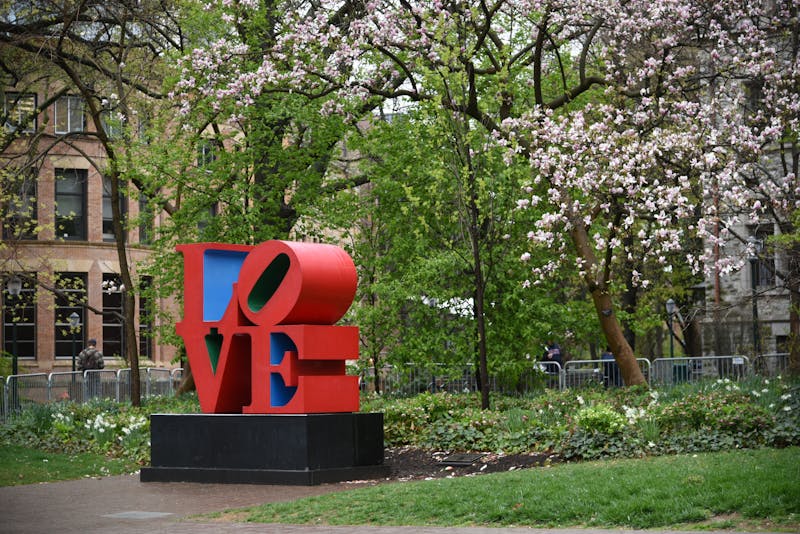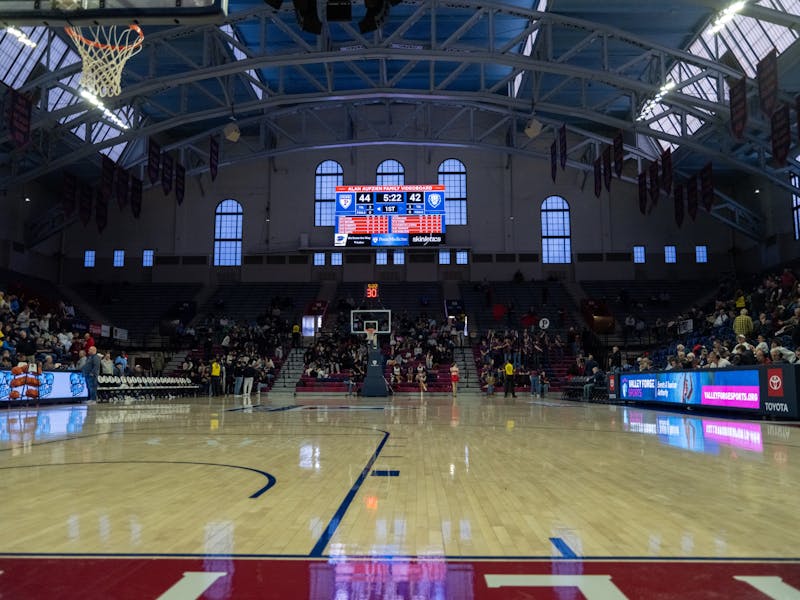Penn's 4.8 percent tuition increase is lower than the average 6.0 percent increase the National Association of Independent Colleges and Universities expects to see at private colleges and universities for the 2004-05 school year.
These numbers do not signify drastic changes. Penn's percentage increase is the same as last year, and this year's average 6.0 percent tuition increase is just half a percentage higher than the average increase each year during the last decade, NAICU Spokesman Tony Pals said.
And though tuition rates have risen 86 percent altogether over the last ten years, institutional grant aid has increased by 197 percent -- more than twice the tuition hikes.
"I don't think we're seeing a weeding out of students" based on who can afford private universities' sticker prices, said Paul Hassen, spokesman for the American Council on Education.
Like every other school, Penn must grapple with balancing tuition and financial aid in a fair manner.
According to Craig Carnaroli, Penn's treasurer and senior vice president for finance, the school has been able to minimize tuition increases because "we stretch a dollar as far as it can be stretched."
As a result, William Schilling, director of financial aid, said he does not expect a significant change from last year in the number of undergraduates receiving aid -- about 60 percent.
Schilling expects only minimal, if any, changes to the policy in 2005-06. "If it were necessary to make any changes in terms of the ratio of grants to loans and work-study, it would not be a dramatic change," he said.
Penn has a need-blind admissions process and promises to meet admitted students' demonstrated need, but the University's ability to perpetuate its policy of meeting need depends on a constantly growing endowment, Schilling said.
Still, this has proved tricky for officials.
More students have demonstrated financial need in the last decade than in previous years because of increasing tuition rates and the economic recession within the last five years, but aid packages at Penn have remained relatively constant with respect to tuition increases, Schilling said.
However, in schools across the country these struggles have been met with certain success.
"Access continues to be a concern, but we seem to be providing more opportunities for more students," Hassen said.
Additionally, an increase in the number of students on financial aid across the country illustrates institutions' success in expanding access to middle and lower income students despite tuition increases, he added.
But tough challenges remain. Penn, like other private institutions, continues to face increasing energy, health care and information technology costs that threaten the University's ability to keep tuition down and subsequently to meet students' increased financial need.
In order to avoid dramatic tuition hikes, Penn announced a salary freeze, bonus elimination and a lower salary pool going into 2005, Carnaroli said. But cost increases are outpacing the revenue from tuition increases and efficiencies, and Penn has not been able to totally make up the difference, Carnaroli said.
These budget constraints threaten Penn's ability to maintain highly qualified people at the management level. Though the University is not closing class sections or limiting building hours -- efficiencies that are common at some public universities, minimizing investment in central administration could "potentially expose the institution to greater risk by not having the best people run these operations," Carnaroli said.
But he said that this problem is not an immediate concern. While the University has attempted to increase management efficiency, cost-cutting has yet to hamper the quality of education at Penn, he added -- or at most other private institutions.
"We would hope that the increases would decline over the next few years so that colleges remain affordable," Hassen said, but he would not comment on the likelihood of that happening.
Still, private schools "have a very good sense of what students are willing to pay," he said, and they are finding ways to compensate for budget shortages without hiking tuition rates.
The Daily Pennsylvanian is an independent, student-run newspaper. Please consider making a donation to support the coverage that shapes the University. Your generosity ensures a future of strong journalism at Penn.
DonatePlease note All comments are eligible for publication in The Daily Pennsylvanian.








